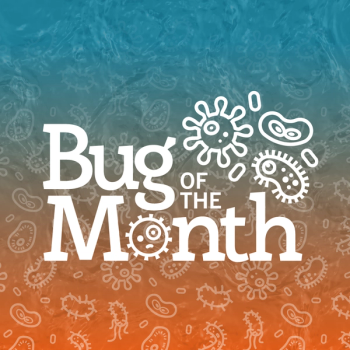
Scientists Find Ethnicity is Linked to Antibodies
Cracking the DNA code for a complex region of the human genome has helped 14 North American scientists, including five at Simon Fraser University, chart new territory in immunity research.
They have discovered that a good number of our antibody genes, how well they operate and, potentially, what they fight off, actually vary from person to person. That means even though drugs, treatments and vaccinations are designed to treat whole populations our response to them could be individualistic.
After completely sequencing the immensely repetitive DNA in the human genomes one million nucleotide-long immunoglobulin heavy (IGH)-chain locus, these scientists have also found ethnicity influences immunity.
Time will confirm the extent to which this is true. But weve found that sections of the IGH-chain locus DNA sequence are either missing or inserted into a persons genome, and this could vary depending on ethnicity, explains Corey Watson. A postdoctoral researcher at the Mount Sinai School of Medicine in New York, Watson completed his doctoral studies under the supervision of SFU biologist Felix Breden who leads this research project. Watson and Breden still collaborate on research.
Scientists have long known that our IGH-chain locus is our most prolific producer of the 50-plus varied and diverse antibody-encoding genes that our B cells use to fight off infections and diseases. But thanks to new data-mining technology, this is the first study to radically refine and, until now, roughly-piecemealed genomic map of the human IGH-chain locus.
Because this is the most complete version of a humans IGH sequence, says Watson, our data has been integrated into the official human genome project assembly.
Using a single chromosome of an individual, the latest study sequences all possible antibody-encoding genes in our IGH-chain locus. It also identifies 11 possible large DNA insertions and deletions of antibody-encoding genes in the region that determine our antibody gene count/diversity and, in some cases, have been implicated in disease susceptibility.
The scientists uncovered the link between antibody makeup and ethnicity when they screened the chromosomes of 425 people of Asian, African and European descent for several DNA insertions and deletions.
Again, its early days, emphasizes Watson, but these findings could mean that past environmental exposures to certain pathogens caused DNA insertions or deletions in different ethnic groups, which could impact disease risk. Our results demonstrate that antibody studies need to take into account the ethnicity of DNA samples used.
This studys findings will advance research on how IGH-related antibody genetic variation between individuals impacts our ability to fight viruses such as the flu and HIV.
Watson, Breden, three other SFU scientists (Jamie Scott, Jeffery Joy and Robert Holt), science alumnus Jeremy Willsey and researchers in the United States and at the B.C. Cancer Agency contributed equally to this study. Evan Eichler, a scientist at Seattles University of Washington genome sciences department and Howard Hughes Medical Institute, developed the technology making this study possible.
The American Journal of Human Genetics (Cell Press) published its findings in the article Complete Haplotype Sequence of the Human Immunoglobulin Heavy-Chain Variable, Diversity and Joining Genes and Characterization of the Allelic and Copy-Number Variation, in its March 28 issue.
Source: Simon Fraser UniversityÂ
Newsletter
Stay prepared and protected with Infection Control Today's newsletter, delivering essential updates, best practices, and expert insights for infection preventionists.





